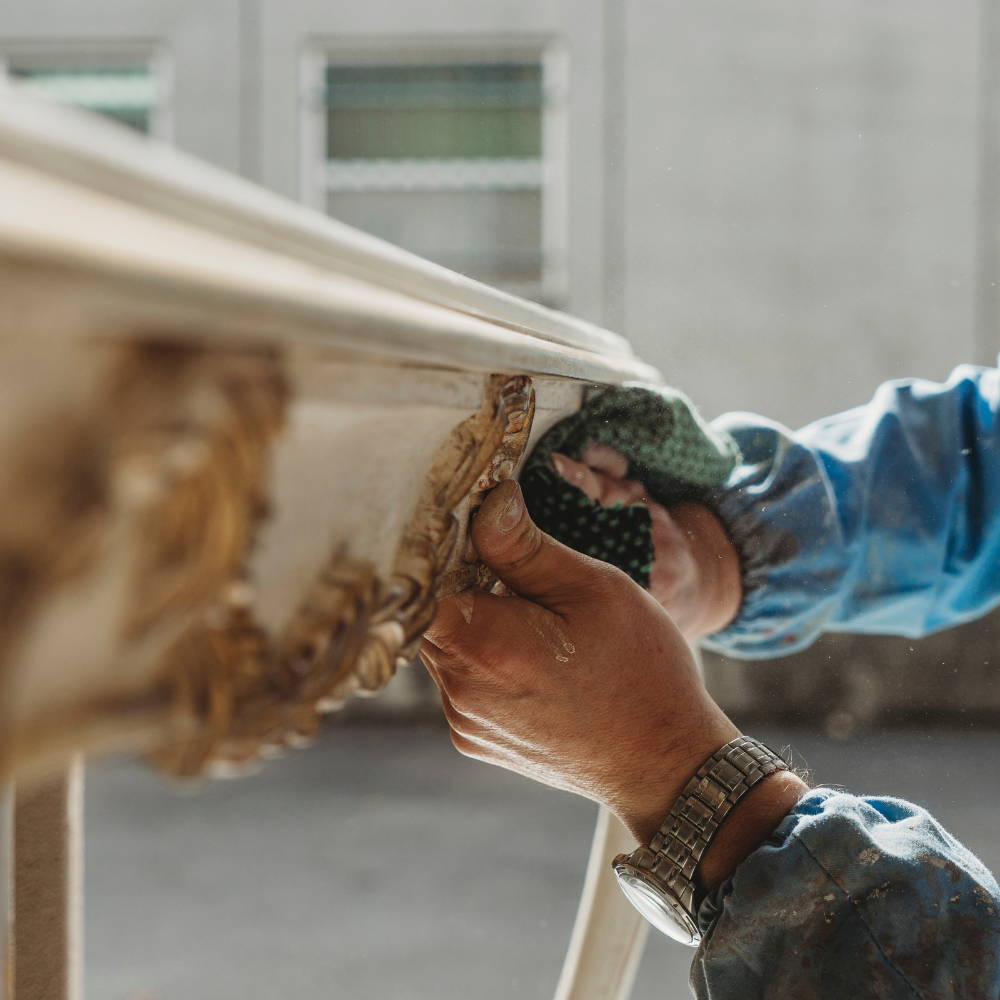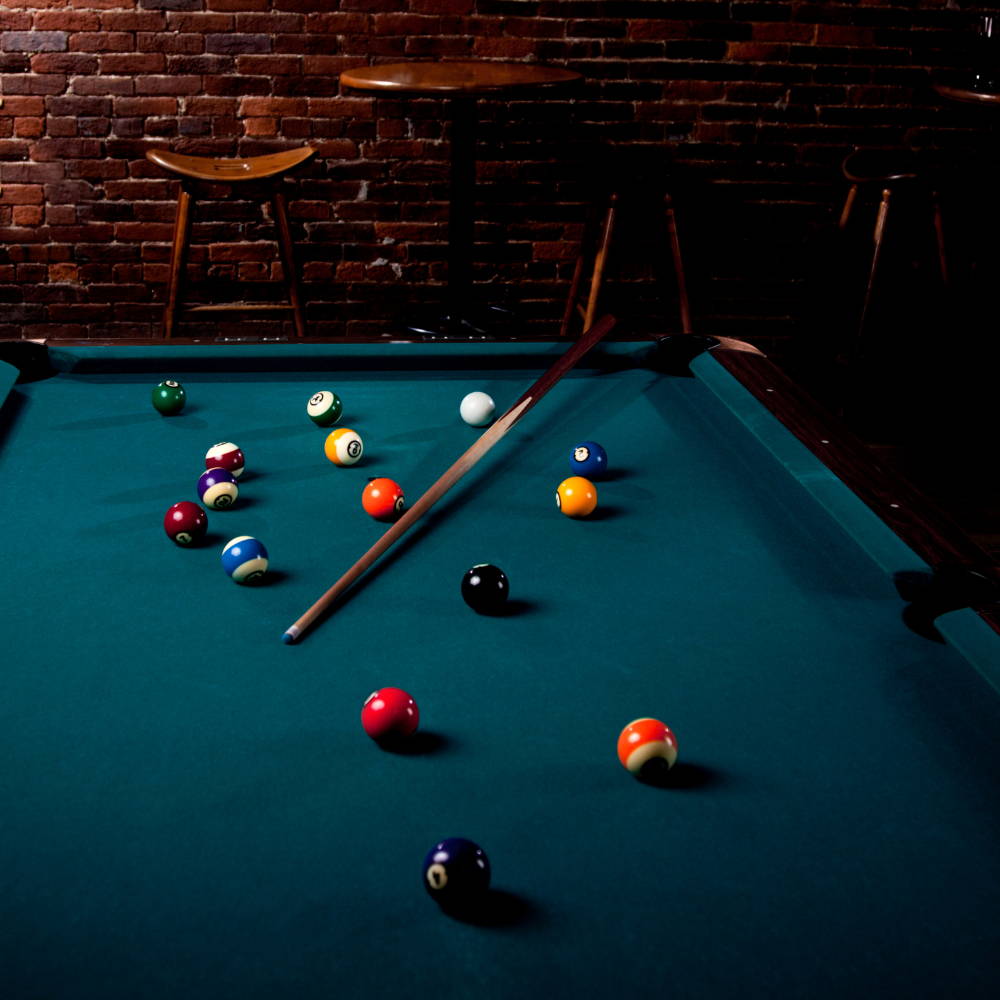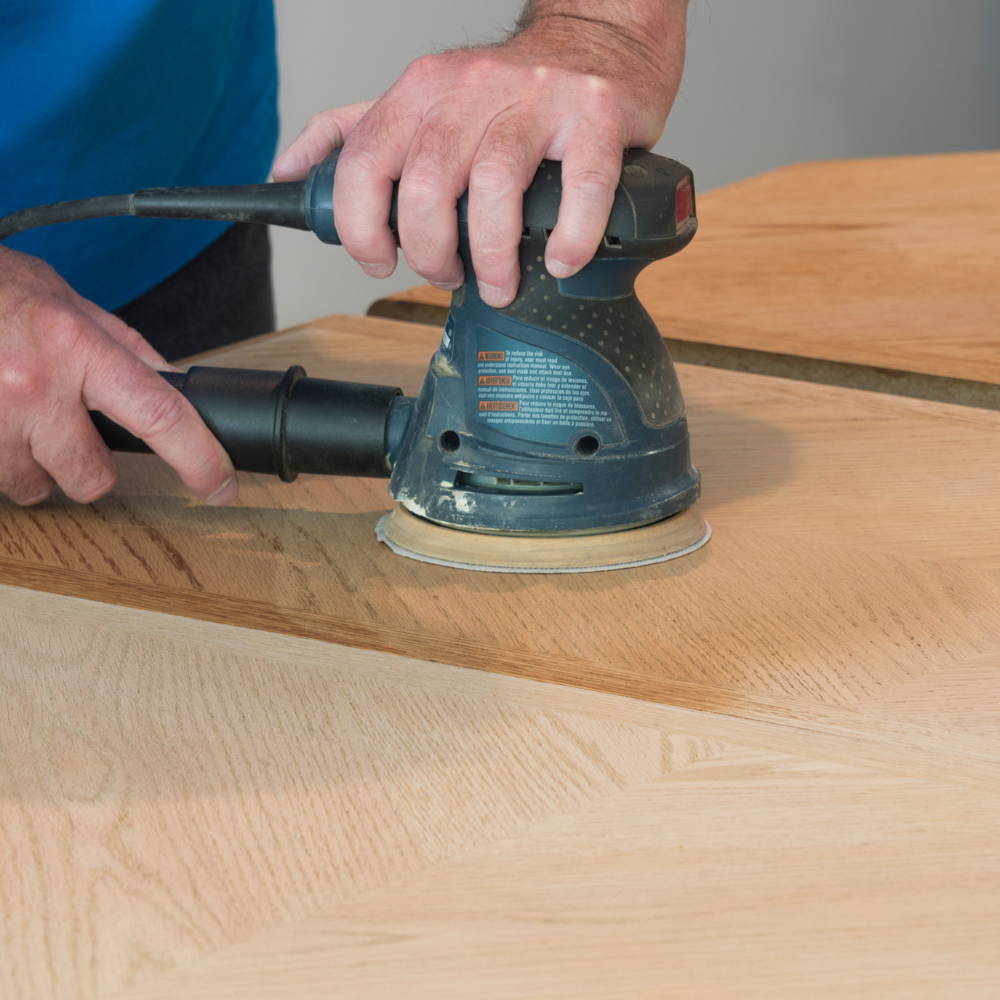Breathing New Life into Your Game: Restoring a Pool Table
Pool tables can be timeless pieces, often becoming heirlooms passed down through generations. However, over time, these treasured items may show signs of wear and tear, requiring restoration. This article provides valuable insights on how to restore a pool table, helping you reinvigorate your game and preserve a family legacy.

Understanding Pool Table Restoration
Restoring a pool table is a process involving several steps that aim to bring back the original charm and functionality of the table. This can include anything from replacing worn-out felt, refinishing the woodwork, re-leveling the table, to completely overhauling the table if necessary.
Tools and Materials Needed
Before starting the restoration process, gather all the necessary tools and materials. This can include:
- New Felt: Choose a high-quality pool table felt that will last for years.
- Staple Remover and Staple Gun: For removing the old felt and installing the new one.
- Level: To ensure the table is balanced correctly.
- Beeswax or Joint Compound: For filling in the seams between the slates.
- Wood Polish or Paint: For restoring the finish of the table.
- Sandpaper: For preparing the wood surfaces before painting or polishing.
- Screwdrivers and Wrenches: For disassembling and reassembling the table.
Step-by-Step Guide to Pool Table Restoration
Restoring a pool table involves a few key steps. Remember that patience is critical to ensure the best results.
Step 1: Assessment
First, thoroughly inspect the pool table to identify areas that need restoration. This can include worn felt, unlevel table, scratched or faded woodwork, loose or damaged pockets, etc.
Step 2: Disassembly
Next, carefully disassemble the pool table. Remove the rails, felt, pockets, and slate. Keep all screws, bolts, and other small parts in a safe place so they don't get lost.
Step 3: Woodwork Restoration
Start with sanding the wooden parts of the table to remove old paint or varnish. Once smooth, you can stain or paint the wood according to your preference. Apply a sealant after the paint or stain is dry for added protection.
Step 4: Slate Inspection and Leveling
Examine the slate for any cracks or chips. If the damage is significant, you might need to replace the slate. If the slate is in good condition, ensure it is level when reassembling the table.
Step 5: Felt Replacement
After the slate is level, the new felt can be applied. Stretch the felt over the slate, making sure there are no wrinkles or bubbles, then secure it with a staple gun.
Step 6: Reassemble the Table
Reattach the rails and pockets to the table. Ensure all screws and bolts are tightened appropriately.
Step 7: Final Touches
The last step is to polish the woodwork to a shine, ensuring the entire table is clean. Finally, re-level the table to ensure perfect gameplay.
Professional Restoration Services vs. DIY
While restoring a pool table yourself can be a rewarding experience, it's not a task to be taken lightly. It requires time, patience, and a certain level of skill. If you're not comfortable doing it yourself, consider hiring professional restoration services. They can ensure the job is done correctly and the result is a table you can be proud of.
Caring for Your Restored Pool Table
Once your pool table has been restored, regular maintenance is crucial to preserve its condition. Keep it clean, brush the felt regularly, avoid spills, and use a cover when not in use. This way, your beautifully restored pool table can continue to be a centerpiece for gatherings, fun, and creating memories for many more years.

The Importance of Quality Materials in Restoration
When restoring your pool table, using quality materials can significantly enhance its longevity and performance. Opt for high-quality felt, paint, and other materials to ensure a finish that lasts and looks great. Remember, the pool table is not only a gaming piece but also an aesthetic addition to your space. High-quality materials will elevate both its function and its appeal.
Potential Challenges in Pool Table Restoration
While restoring a pool table can be a rewarding DIY project, it's not without challenges:
- Size and Weight: Pool tables are heavy and bulky, which can make them difficult to handle. This is particularly true when it comes to the slate, which can weigh several hundred pounds.
- Complexity: Pool tables have many components, each of which may require different restoration techniques. This can make the process complex and time-consuming.
- Skill Level: Some restoration tasks, such as applying new felt or refinishing wood, require a certain level of skill. Without the necessary experience, these tasks can be challenging.
Despite these challenges, with patience and dedication, you can achieve a successful restoration.
Adding Personal Touches During Restoration
One of the joys of restoring your own pool table is the opportunity to personalize it. Perhaps you want to change the color of the felt to match your room decor, or maybe you want to add a custom logo or design. Restoration offers the perfect opportunity to put your own stamp on the table and make it truly unique.
The Value of a Restored Pool Table
Restoring a pool table not only brings it back to life for more games and fun, but it can also significantly increase its value, particularly if it's an older or antique table. A well-restored pool table can be a highly sought-after piece, not just for pool enthusiasts but also for those who appreciate its aesthetic value.
Working with Different Types of Pool Tables
Different types of pool tables might require different approaches to restoration. For instance, an antique table made of rare woods and intricate designs may require the gentle hand of a professional restorer to maintain its integrity. On the other hand, a modern table made from standard materials may lend itself more to DIY restoration efforts.
Safety Considerations During Restoration
Restoring a pool table involves manipulating heavy pieces and using potentially hazardous materials, such as certain types of paint and varnish. Always prioritize safety by wearing appropriate protective equipment like gloves and goggles and keeping your workspace well-ventilated.
When to Seek Professional Help
There are times when professional help may be necessary during the restoration process. For instance, if the slate is damaged, it can be difficult to repair without professional tools and skills. Also, applying felt evenly requires practice and precision, and professionals can ensure a tight, smooth application.
Regular Maintenance for Long-Term Care
Restoring a pool table is a significant investment of time and effort, so it's crucial to maintain your table once the restoration is complete. Regular brushing of the felt, keeping the table covered when not in use, and promptly repairing any damages can prolong the life of your restored table and keep it looking great.

Conclusion
Restoring a pool table can be a labor of love, requiring time, patience, and skill. However, the result can be immensely rewarding - a beautifully restored table that brings joy, beauty, and possibly even increased value. Whether you do it yourself or hire professionals, understanding the process is key to a successful restoration. Now, let the games begin!
Are you looking for a Pool Table? check out our pool tables range Pool Tables





